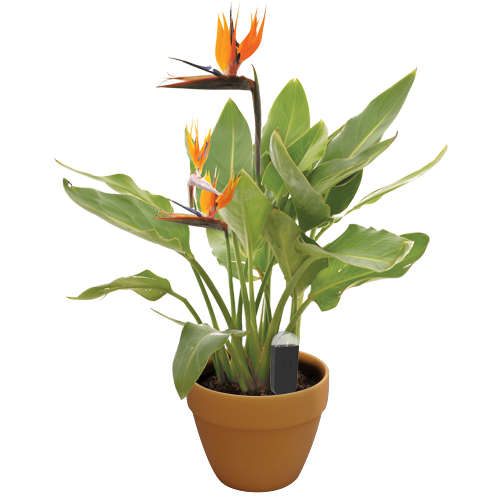Asclepias curassavica
TAXONOMY
FamilyApocynaceae
GenusAsclepias
Zone8
LEARN MORE
Plants of the World OnlineABOUT
Asclepias curassavica, commonly known as tropical milkweed or bloodflower, is a perennial plant native to the American tropics. It is known for its bright red and orange flowers and is a favorite among butterflies, especially monarchs. The plant belongs to the Apocynaceae family and the Asclepias genus. It does not have a dormancy period and can bloom year-round in suitable climates.
ALSO KNOWN AS
Bloodflower
Silky Swallowwort
Asclepias aurantiaca
Asclepias bicolor
Asclepias cubensis
Asclepias curassavica f. flaviflora
Asclepias curassavica f. kentingensis
Asclepias curassavica f. pallidiflora
Asclepias curassavica var. concolor
Asclepias margaritacea
Asclepias nivea var. curassavica
OVERVIEW
VPDCalculate
WaterMoist
SoilLoamy
LightDirect Bright (6 Hours)
Temperature25° C
Humidity60%
pH6.5
Pressure1,013 mbar
DETAILS
Care Instructions
Tropical milkweed thrives in bright, direct sunlight and prefers moderate temperatures. It should be watered when the top layer of soil dries out, and it benefits from moderate humidity. The plant can be grown both indoors and outdoors, making it versatile for various environments.Soil
Asclepias curassavica prefers well-draining loamy soil. It can tolerate a range of soil types but thrives best in soil that retains some moisture without becoming waterlogged. Good drainage is essential to prevent root rot.Fertilizer
A balanced fertilizer with an N-P-K ratio of 10-10-10 is suitable for tropical milkweed. Fertilize the plant every 4-6 weeks during the growing season to promote healthy growth and vibrant blooms.Repotting
Repot tropical milkweed when it outgrows its current container, typically every 1-2 years. Choose a pot that is one size larger and ensure it has good drainage. Gently remove the plant from its old pot, loosen the roots, and place it in the new pot with fresh soil.Propagation
Tropical milkweed can be propagated through seeds or stem cuttings. For seed propagation, sow seeds in a well-draining soil mix and keep them moist until they germinate. For stem cuttings, take a healthy cutting, remove the lower leaves, and place it in water or soil until roots develop.Pruning
Prune tropical milkweed to maintain its shape and encourage bushier growth. Remove any dead or damaged stems and trim back leggy growth. Pruning can be done throughout the growing season as needed.Toxicity
Asclepias curassavica is toxic to pets and humans if ingested. The plant contains cardiac glycosides, which can cause symptoms such as nausea, vomiting, and diarrhea. Handle the plant with care and keep it out of reach of children and pets.Additional
Tropical milkweed is an important plant for monarch butterflies, providing a food source for their larvae. However, in some regions, it can disrupt the natural migration patterns of monarchs, so it's important to consider local guidelines and best practices for planting.REVOLUTIONIZE YOUR PLANT CARE
Make Every Plant Smart

Plant Monitor
STAYS IN YOUR PLANT
Accurately measures the core metrics of your plant – soil moisture, light, temperature and humidity - as well as compound metrics such as Vapor Pressure Deficit (VPD) and Growing Degree Days (GDD).
Shop Now
